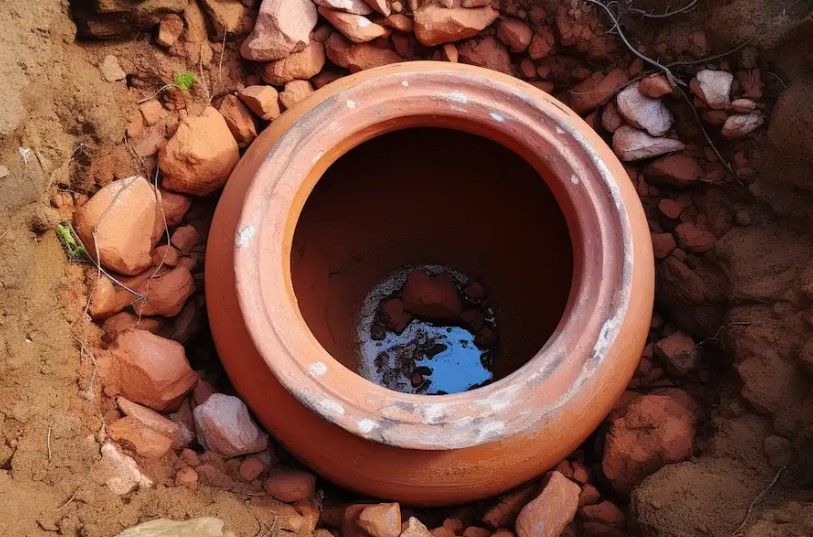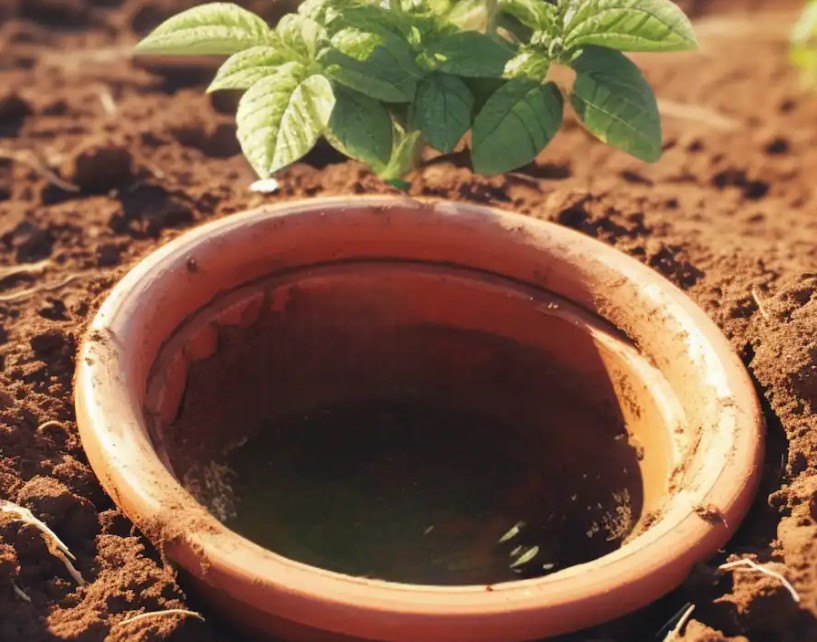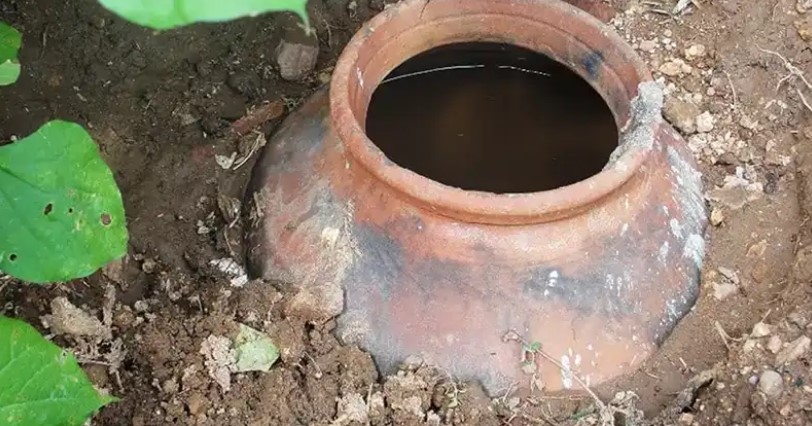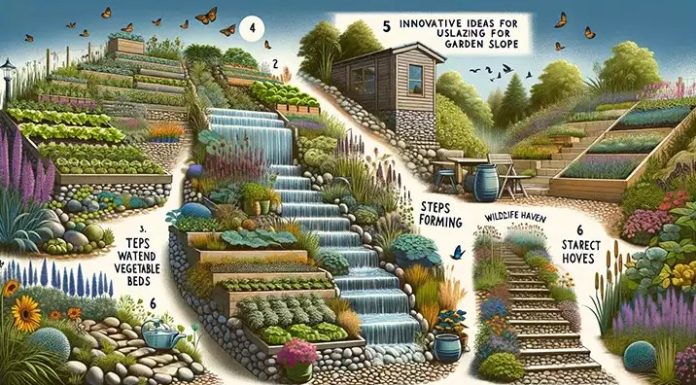In a world increasingly challenged by water scarcity and the need for sustainable agricultural practices, ancient wisdom sometimes offers the most innovative solutions. One such ingenious indigenous irrigation system is the olla (pronounced “oy-ya”). Ollas have been used for centuries by various cultures, from indigenous communities in the Americas to the Middle East, and are still prized today for their elegant simplicity and water-saving abilities. In this article, we will delve into the world of ollas and how you can use them effectively for irrigation in your garden.
What is an Olla?
An olla is a porous clay pot, traditionally handmade and unglazed, designed for efficient irrigation. The term “olla” comes from the Spanish word for pot, and these vessels have been employed for centuries by indigenous communities as an ingenious method to conserve water and nourish plants.
How Do Ollas Work?
Ollas work on the principle of seepage irrigation, a highly efficient and water-saving method. The process can be broken down into a few simple steps:
- Burying the Olla: Dig a hole in the ground where you want to irrigate your plants, ensuring that it’s deep enough to accommodate the olla. Leave the top of the olla exposed above the soil level for easy access.
- Filling the Olla: Fill the olla with water, and cover it with a lid or a flat rock to prevent evaporation and debris from entering. The porous clay allows water to gradually seep into the surrounding soil.
- Planting Near the Olla: Plant your crops or flowers around the buried olla, making sure the root zones of your plants are within the olla’s effective range. Ollas are most effective in small garden beds or container gardens.
- Water Seepage: As the soil around the olla dries out, the moisture stored within the olla seeps slowly into the surrounding root zone. This slow release of water ensures that plants receive a consistent and sufficient water supply, while minimizing waste through evaporation.

Advantages of Using Ollas
- Water Efficiency: Ollas use water very efficiently, reducing water wastage significantly compared to traditional surface watering or overhead irrigation systems.
- Consistent Moisture: Ollas provide a constant source of moisture to plant roots, promoting healthier and more vigorous growth.
- Reduced Weeding: Ollas deliver water directly to the root zone, which discourages weed growth in the surrounding soil.
- Soil Improvement: Over time, ollas can help improve soil quality by promoting even water distribution and reducing salinity buildup in the root zone.
- Low Maintenance: Once buried and filled, ollas require minimal maintenance. Refilling the olla periodically is all that’s needed.
- Suitable for Various Plants: Ollas are versatile and can be used for a variety of plants, including vegetables, herbs, and flowers.
- Sustainability: Ollas are made from natural, biodegradable materials, making them an eco-friendly choice for gardeners.
Tips for Using Ollas Effectively
To make the most of your ollas, consider these tips:
- Determine the Number of Ollas: The number of ollas you need depends on your garden’s size and the water requirements of your plants. Experimentation may be required to find the optimal arrangement.
- Monitor Water Levels: Check your ollas regularly to ensure they are adequately filled. The frequency of refilling will depend on your climate and the water needs of your plants.
- Protect Ollas in Winter: In regions with freezing winters, consider removing and storing your ollas indoors during the cold season to prevent damage.

Ollas are an ancient yet ingenious irrigation system that can significantly enhance the sustainability and efficiency of your gardening practices. By harnessing the power of seepage irrigation, ollas offer a water-wise solution that not only conserves water but also nurtures healthier plants and minimizes the need for maintenance. With a little experimentation and care, you can integrate ollas into your garden and experience the many benefits of this time-tested method. Embracing the wisdom of the past, ollas are a fantastic addition to the modern gardener’s toolkit, helping us move toward a more sustainable and water-conscious future.










